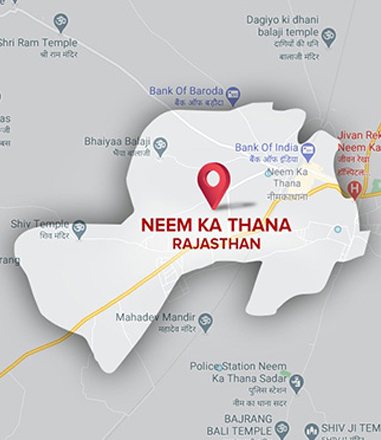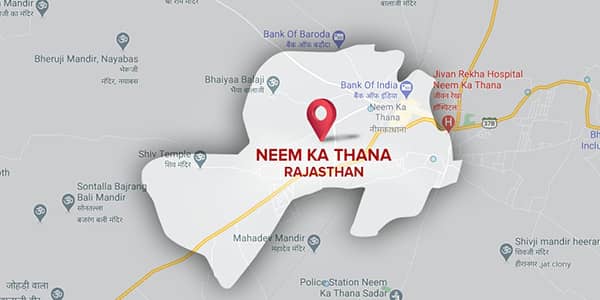
Born into a Noble, Philanthropic Family
Ram Narayanji was born on 1 August 1895 at Neem Ka Thana, a town in Sikar district of present-day Rajasthan state into a wealthy family. His father, Muralidhar Chaudhary, served as the chief advocate estimating taxes on the farm produces in Sikar princely state. His mother, Chhotibai Chaudhary, was the daughter of Manikaran Harbhajanka, a panch of Shrimadhopur, a municipality in Rajasthan’s Sikar district. Ram Narayanji was third of his parents’ seven children, four of whom were boys and three girls. Durgaprasad, one of his younger brothers, was a nationalist and publisher who was also jailed during the Quit India movement.
His Marwadi household had an aristocratic background. Muralidhar Chaudhary, Ram Narayanji’s father, inherited his noble position in Sikar state from his elder brother, Chainsukhji, who had shifted from Kanwat to Neem ka Thana to become a zamindar’s legal counsel. Impressed by Chainsukhji’s services, the princely endowed him with the titular surname of Chaudhary, generally associated with the Jat caste in northern India.
Ram Narayanji acquired the trait of self-sacrifice and charity for the poor from an early age. Just a few years after his birth, in 1899-1900, large parts of Rajasthan and Gujarat witnessed an unprecedented drought, known as the Chappania Akal. At this time, his mother, Chhotibai, supplied food to poor villagers and relatives.
She would not serve food to her children till her daily task of serving the poor was finished early in the morning and often her children would accompany her in this noble task. Through this charitable act, much before Ram Narayanji started his formal studies, his education into compassion and empathy had begun at home.

A Curious Child
At five, Ram Narayanji was sent to a maktab near his family home. Here, he learnt Urdu under the care of Mirza Rahim Baig, a strict disciplinarian. This education represented his family’s multi-cultural traditions. To use Ram Narayanji’s own words: he learnt Bismillah before Shri Ganesh. There were no religious distinctions in his household. His father enjoyed cordial and familial relations with Muslim friends and neighbours. And a Muslim servant attended to the family’s needs and respected their privacy. Only sometime after his initiation in Urdu, Ram Narayanji began to learn Sanskrit under Johriji’s tutorship — a local Brahmin priest in Neem ka Thana.
At eight, Ram Narayanji and his brother Chagganlal were sent to Jobner to study at a school run by an Arya Samaj devotee, Thakur Karni Singh. Here, he continued to study languages with academic excellence. He was double promoted due to his sharp learning abilities, especially in the English language. Truly, he was a curious child who had cultivated a life-long love for languages — in future, this would become his core strength as a writer, editor and translator.
At Jobner, he often felt home-sickness and missed his mother and a family environment. After class six, his father decided to shift him to Jaipur where family relatives could look after him. Ram Narayanji, in Jaipur, went to Maharaja High School, located next to the magnificent Hawa Mahal in what are now the old parts of the city. He continued to shine academically and passed his matriculation examination with a First Class ranking. He secured admission in Maharaja College, located just next to high-school in Jaipur, quite easily.


